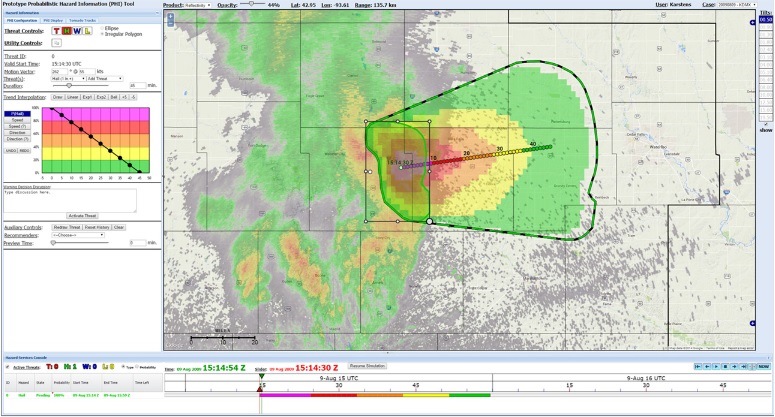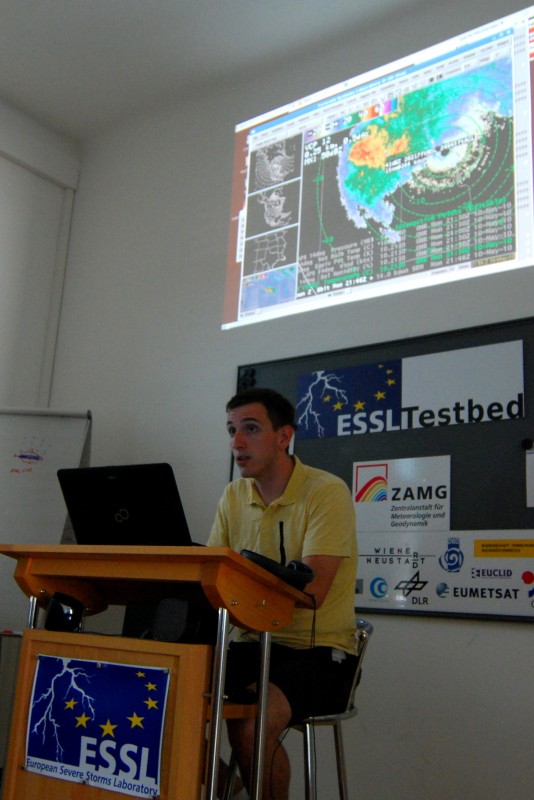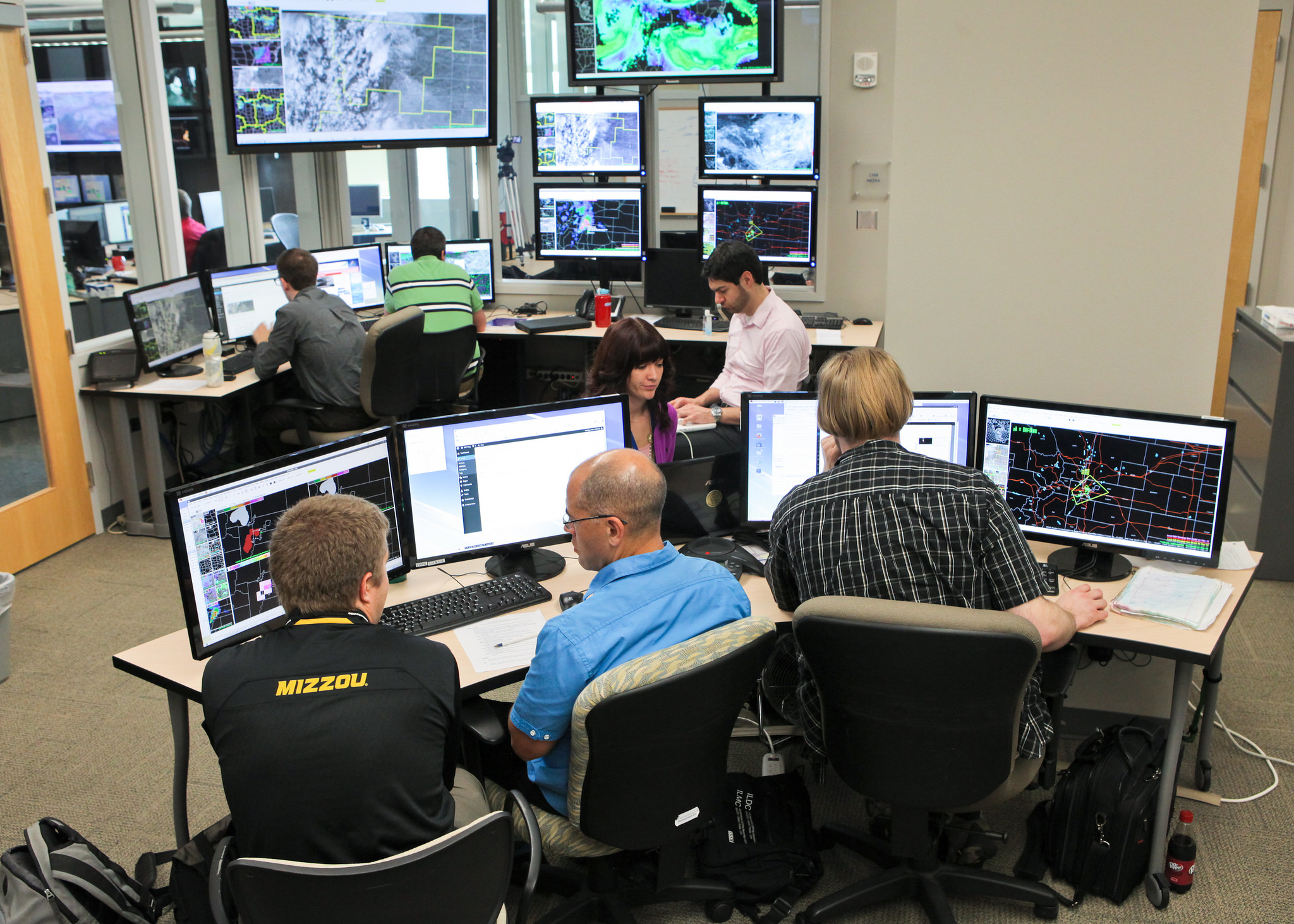 Evaluation of a Probabilistic Forecasting Methodology for Severe Convective Weather in the 2014 Hazardous Weather Testbed
Evaluation of a Probabilistic Forecasting Methodology for Severe Convective Weather in the 2014 Hazardous Weather Testbed
Authors: Chris Karstens, Greg Stumpf, Chen Ling, Lesheng Hua, Darrel Kingfield, Travis Smith, James Correia Jr., Kristin Calhoun, Kiel Ortega, Chris Melick, Lans Rothfusz
Journal: Weather and Forecasting
Publication Date: Online 12/2015
Important Conclusions:
This paper establishes a methodology for creating Probabilistic Hazard Information and describes an evaluation of this methodology conducted with researchers and forecasters in the NOAA Hazardous Weather Testbed. Forecasters were able to quickly adapt to the new tools and concepts and ultimately produced probabilistic hazard information in a timely manner. The probabilistic forecasts from two severe hail events tested in a control–test experiment were more skillful than storm-based warnings and were found to have reliability in the low-probability spectrum. False alarm area decreased while the traditional verification metrics degraded with increasing probability thresholds. The latter finding is attributable to a limitation in applying the current verification methodology to probabilistic forecasts. Relaxation of on-the-fence decisions exposed a need to provide information for hazard areas below the decision-point thresholds of current warnings. Automated guidance information was helpful in combating potential workload issues, and forecasters raised a need for improved guidance and training to inform consistent and reliable forecasts.
The methodology by which the findings were derived in this study was of equal importance to the findings themselves. NOAA’s National Severe Storms Laboratory is demonstrating to the NWS that NSSL is cautious, thorough, and scientific in development of the FACETs tools.
Significance:
This paper describes a proposed methodology for issuing Probabilistic Hazard Information for severe convective weather, as opposed to the warnings issued by the National Weather Service today. Additionally, the findings from the Hazardous Weather Testbed experiments are summarized, along with descriptions of how this process has informed ongoing and future development.



